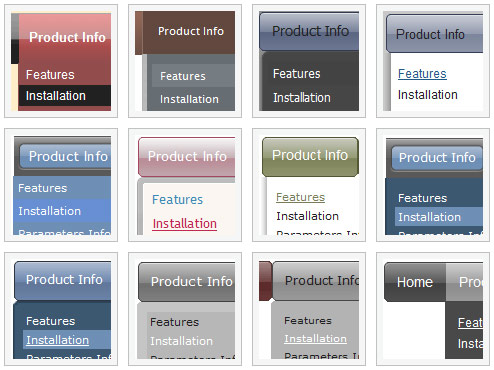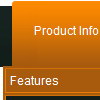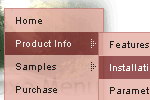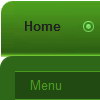Recent Questions
Q: Can I create a pop up using javascript that fly's out after 10 seconds.
Please advise.
A: Create popup window and set openAfter=10 parameter to it.
You can find this parameter in 'Actions' section.
Q: My site has three levels of a folder structure. Can I create a menu that will allow me to link in and out of folders? Or must I design three menu's with different link locations.
A: You can use one menu.
Use additional parameters to make menu paths absolute:
var pathPrefix_img = "http://domain.com/images/";
var pathPrefix_link = "http://domain.com/pages/";
These parameters allow to make images and links paths absolute.
For example:
var pathPrefix_img = "http://domain.com/images/";
var pathPrefix_link = "http://domain.com/pages/";
var menuItems = [
["text", "index.html", "icon1.gif", "icon2.gif"],
];
So, link path will be look so:
http://domain.com/pages/index.html
Images paths will be look so:
http://domain.com/images/icon1.gif
http://domain.com/images/icon2.gif
Please, try to use these parameters.
Q: Is there a way to center the primary navigation and left-align the drop down for themenu script ?
A: Set the following parameters:
var itemAlignTop="center";
var itemAlign="left";
Q: I am interested in Deluxe Tabs MAC Style.
However before I do I want to make sure that:
- I can change the buttons pictures on both the first row and the second row. There has to be a <img src=" " > tag in the code somewhere, correct?
- I can expand or diminish the number of buttons and links
- Also, I have a question: if I am on "Mac Tab 1" menu, and I click on "Mac Tab 2" menu without clicking on any of the links onthe second row, what is the page that I see? Do I see by default Link 2_1 or do I see some kind of generic page? In other words is there a "main" page for each tab menu and then you have the other pages which correspond to Link 2_1, Link 2_2, etc.?
- Is it possible to remember a visited sub-menu? For example I am on "Mac Tab 2/Link 2_3" and I go to "Mac Tab 4/Link 4_2" and then I come back to "Mac Tab 2". Can the main page for this "Mac Tab 2" be Link 2_3 which was my last visited link on that tab?
A: 1) No, there is no such tag - <img src=" " >
For the main items you should set such parameters:
bbeforeItemImage - left part of the item
bafterItemImage - right part of the item
bitemBackImage - center part of the item
in normal, mouseover and selected states.
And for the subitems (in MAC template) you should set onlybitemBackImage - the center part of the item.
Please, see the code of this template.
2) You can create any number of the buttons and links.
3) You can set links for main items and for the subitems.
For example:
var bmenuItems =
[
["Mac Tab 1","http://deluxe-menu.com",,,,,,],
["|Link 1_1","http://apycom.com",,,,,,"0"],
["|Link 1_2","testlink.htm",,,,,,"0"],
["|Link 1_3","testlink.htm",,,,,,"0"],
So, if you click on "Mac Tab 1" you will go to http://deluxe-menu.com
And if you write so
["Mac Tab 1","",,,,,,],
no page will open.
4) This Tab menu can save pressed item automatically within1 page only. If you open another page, the menu can't remember presseditem. You should do that manually using Javascript and menu parameters( var bselectedItem, var bselectedSmItem) or using any server-sidescript (php, asp, etc.)










